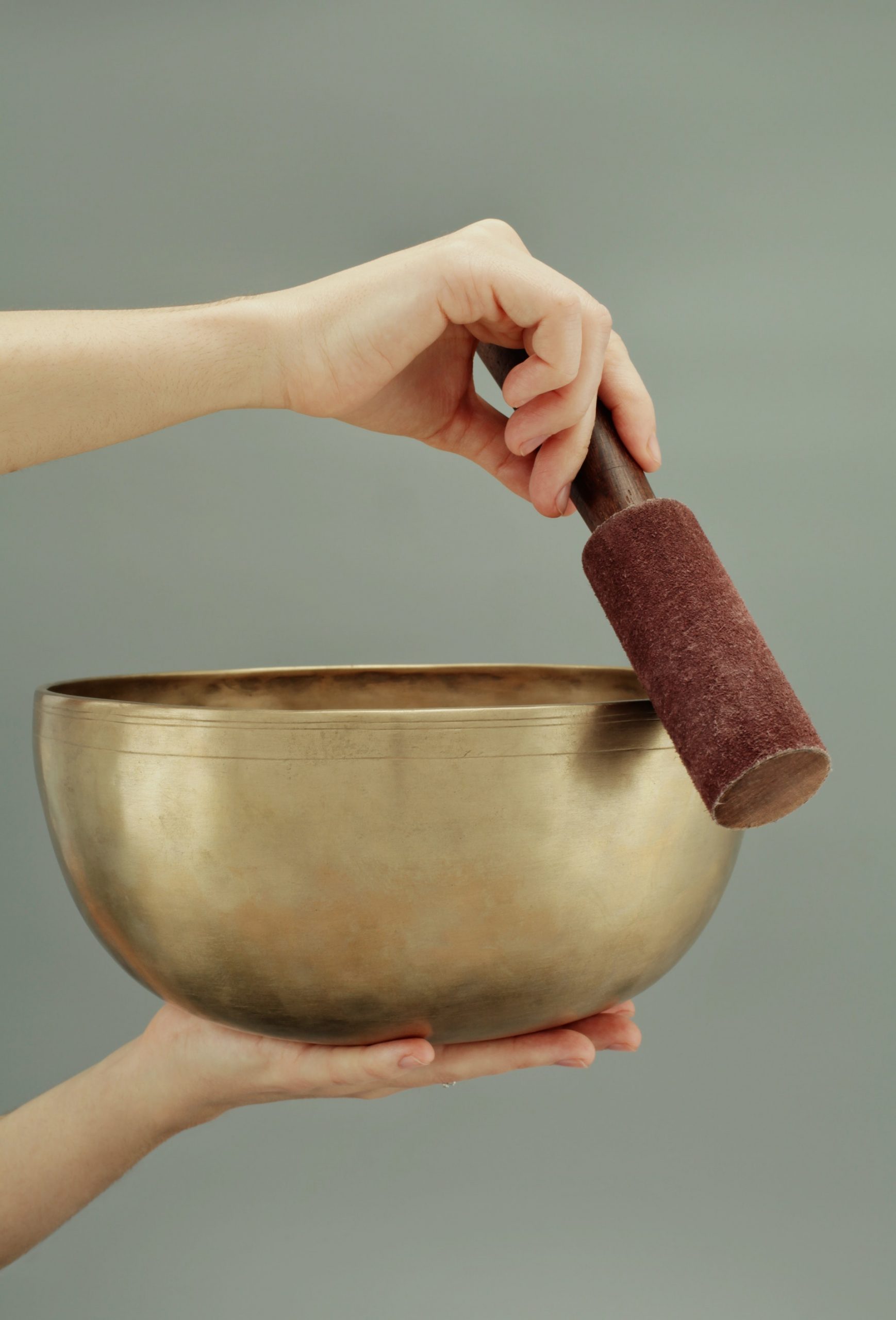Stress Relief With Sound Therapy

While we often think of therapy as being for the “mentally ill” and people suffering from addiction, there is one form of therapy that can benefit everyone-and it’s not mental health! Sound therapy is also known as audioscope therapy or psychoacoustic therapy. Sound therapy is used to help treat many psychological conditions, including anxiety and addiction.
Sound therapy works by exposing the individual to auditory stimuli that will cause them to release negative energy in order to reduce stress. At the same time, they are exposed to auditory frequencies that will increase their positive vibrations. Sounds come in different pitches and vibrations. In fact, it is possible to tune into the universe using ultrasound sound technology in order to increase and decrease negative energies, stress, and even pain.
For example, if someone has chronic anxiety, they may listen to binaural beats. Binaural beats are actually auditory brainstem beats that have been purposely engineered to vary in frequency. These sounds are combined with music from a variety of genres, depending on the person’s preferred level of relaxation and stress reduction. The frequency of these sounds can be reduced or increased depending on how the listener responds to the stimulus. Over time, with consistent use, binaural beats can lead to the emergence of a sort of therapy, where the individual begins to trust in the healing powers of their own body and mind.
Sound therapy was first applied to the mentally ill in the early 1900s. One of the pioneers of this form of sound healing was Dr. Edith Scanland, who had worked with the mentally ill in a psychiatric ward. Although she felt that she could not cure their disease, she did discover how they could relieve some of their symptoms by helping them focus. Because of this discovery, she developed a whole array of tools and techniques that allowed people who suffered from schizophrenia to focus better, and in turn, managed to reduce the amount of psychosis they experienced. Sound healing and sound psychology are still used today; it is just that the methods are a bit more sophisticated. Sound vibration therapy is one such development.
Sound is produced by many natural sources, including air compression, thunderous noises, ocean waves, and even human voices. They can be of very low frequency or extremely high pitched. There is the potential to produce soothing or calming effects, depending upon the quality of the sound. One of the best known sources of sound for sound therapy is music. Many individuals have successfully used music as a means of relaxation and stress relief, using it in the bath, on the plane, or while out and about.
As stated above, sound therapy is not just for individuals living in the western world. Eastern medicine, such as Tibetan bowls, have been used for centuries. The bowl has been shown to have a relaxing effect, and has been used by Tibetan monks for years. Westerners have only recently come to appreciate the benefits of Tibetan bowls. A few prominent individuals have included John McDonald, conductor and choral director of the California symphony orchestra, along with composer Philip Glass, both of whom are famous advocates of the use of sound therapy.


